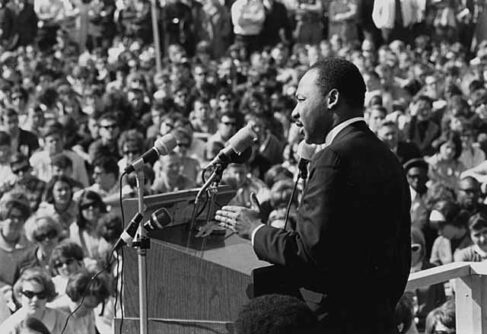It’s a cliché to say civil society is necessary for philanthropy—but how, exactly, is this so? The Hudson Institute’s Center for Global Prosperity has tried to answer this question in its new report, Philanthropic Freedom.
The report points out that civil society and formal governmental institutions work in different ways to support and to hinder philanthropy. On one hand, there may be tax or other governmental incentives to encourage philanthropy; further, education, religion, and a culture that esteems philanthropy can all encourage philanthropists. On the other hand, there may be governmental as well as social and cultural barriers to philanthropy.
The Center for Global Prosperity’s report tries to measure philanthropic freedom—“the ability of individuals and organizations (both profit and non-profit) to donate time and money to social causes. ” It does so by measuring incentives and barriers to philanthropy and combining these measures to yield an overall philanthropic freedom score.
The report makes the nice observation that high incentives for and low barriers to philanthropy need not go hand-in-hand. For example:
The same Scandinavian nations, while having low incentives for tax donations, also have low barriers to civil society registrations and operations which improve the population’s ability to undertake philanthropy.
The report gives its top rank to the Netherlands as offering both the greatest incentives and lowest barriers to philanthropy; the United States offers almost as many tax incentives as the Netherlands but has more barriers to giving abroad. Figure 7, on page 19 of the report, summarizes the key findings of the report about how thirteen different countries stack up relative to one another in terms of philanthropic freedom.
The Center for Global Prosperity’s report is inspired by the World Bank’s Doing Business report that ranks countries by the ease of “doing business”—as well as Freedom House’s rankings of countries by religious freedom and the Fraser Institute’s rankings of countries by economic freedom. Of course, each of those reports includes every, or nearly every, country in the world. The Center for Global Prosperity writes that it hopes to expand this pilot project of thirteen countries into a much larger project in order to guide policymakers around the world who hope to boost their country’s philanthropic sector.
This Center for Global Prosperity report is subject to the kinds methodological criticisms made of these other reports about how hard it is to measure something like “philanthropic freedom.” Can we really feel confident that, as the report concludes, the United States scores 4.6 on a 0 to 5 scale of philanthropic freedom, while the Netherlands scores 4.8, Brazil 3.4, and Russia 2.5? Perhaps not—but the ordinal rankings are probably roughly right (surely Russia is much less free than these other countries). And, this report is certainly to be commended for trying to tease out the different ways, and different degrees, to which societies can create incentives or impose barriers to philanthropy.






